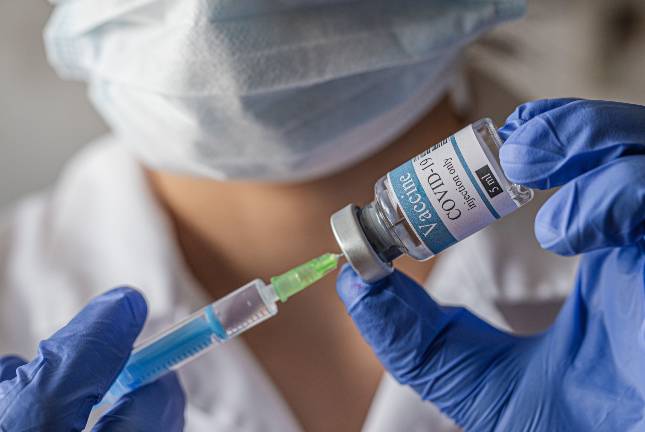Identifying COVID-19 Risk Factors: Insights From 4 Vaccine Trials
Workplace exposure and living conditions were associated with higher COVID-19 risk, while previous infection, age 65 or older, and Black/African American race were correlated with lower COVID-19 rates.

As the COVID-19 pandemic continues to impact communities worldwide, understanding the risk factors associated with infection and severe outcomes is of utmost importance.
Existing data on COVID-19 risk factors often lack standardized outcomes and may not adequately control for confounding variables. In an effort to address these limitations, a recent secondary cross-protocol analysis was conducted and published in JAMA.
The studydraws on data from 4 multicenter, international, randomized, blinded, placebo-controlled COVID-19 vaccine efficacy trials. The study aimed to identify risk factors associated with COVID-19, severe COVID-19, and SARS-CoV-2 infection, providing valuable insights for future mitigation strategies.
Exposure and Demographic Factors Play Pivotal Roles
The analysis encompassed a diverse cohort of 57,692 participants, with a median age of 51 years, including a significant representation of individuals aged 65 and older (20.3%) and assigned male at birth (53.8%). The study population comprised various racial and ethnic backgrounds, including American Indian or Alaska Native (5.7%), Black or African American (13.6%), Hispanic or Latino (30.6%), and White (70.6%) participants.
Notably, exposure and demographic factors emerged as primary determinants of COVID-19 outcomes. Factors associated with an increased risk of COVID-19 included workplace exposure and living conditions. Conversely, previous SARS-CoV-2 infection, age 65 or older, and Black or African American race were associated with decreased rates of COVID-19.
Identifying Severe COVID-19 Risk Factors
The study also delved into severe COVID-19 risk factors among individuals who contracted COVID-19. Age of 65 years or older, American Indian/Alaska Native, Black/African American race, higher body mass index, and diabetes were linked to increased rates of severe COVID-19. However, previous SARS-CoV-2 infection was associated with a notably decreased risk of severe outcomes.
Implications for Mitigation Strategies
These findings hold significant implications for shaping effective mitigation strategies against COVID-19 and other viruses with similar epidemiological characteristics. By identifying the factors that influence COVID-19 susceptibility and severity, public health authorities can target interventions more precisely and prioritize vulnerable populations.
Workplace safety measures and improved living conditions could potentially reduce COVID-19 transmission rates, while vaccination efforts should be tailored to protect high-risk groups, such as older adults and specific racial or ethnic backgrounds.
The comprehensive analysis of COVID-19 risk factors from four randomized clinical trials offers valuable insights into the complex interplay between exposure, demographics, and disease outcomes. Understanding these factors is essential for designing targeted strategies to combat the ongoing pandemic and inform future responses to similar viral threats. As the global health community continues its fight against COVID-19, this study provides critical knowledge to safeguard the health of populations worldwide.
Newsletter
Stay ahead of emerging infectious disease threats with expert insights and breaking research. Subscribe now to get updates delivered straight to your inbox.
